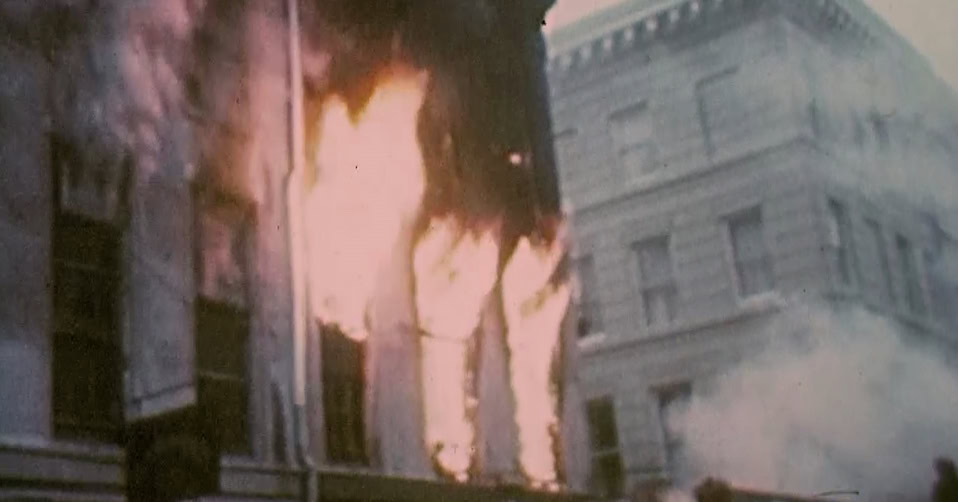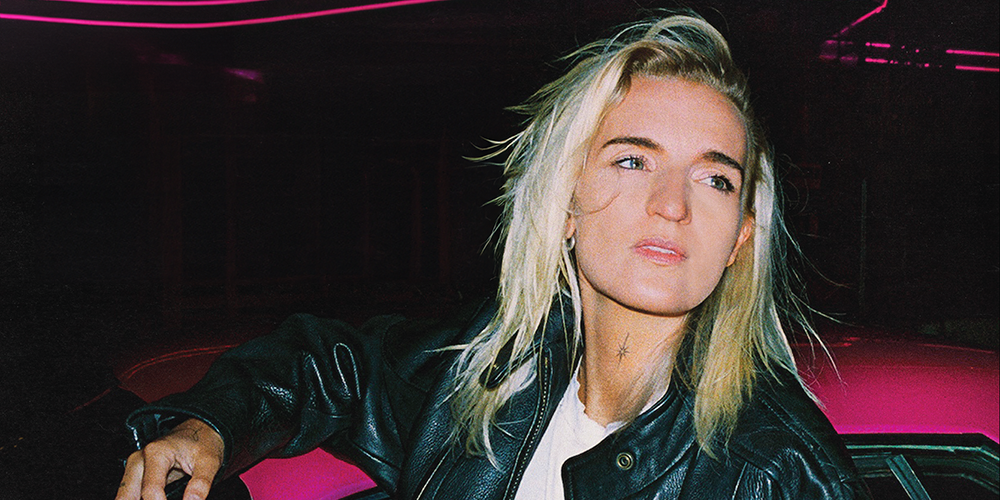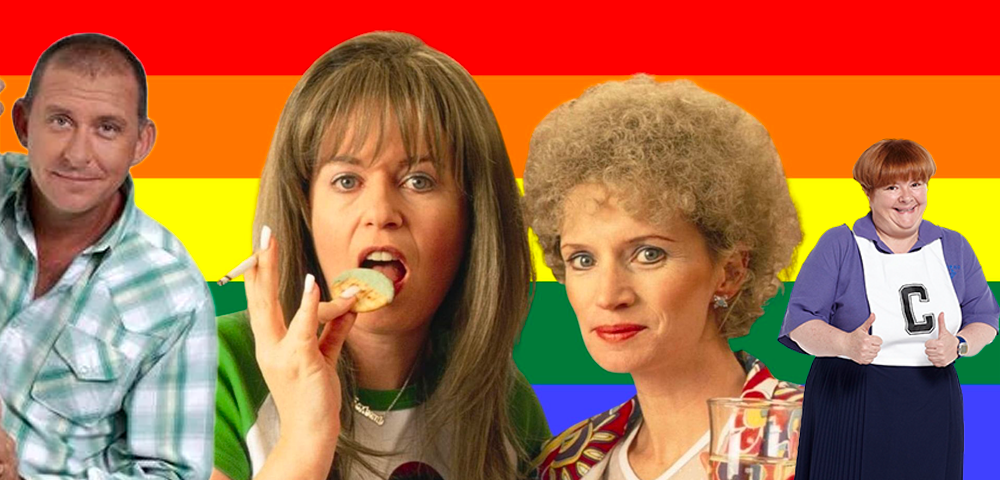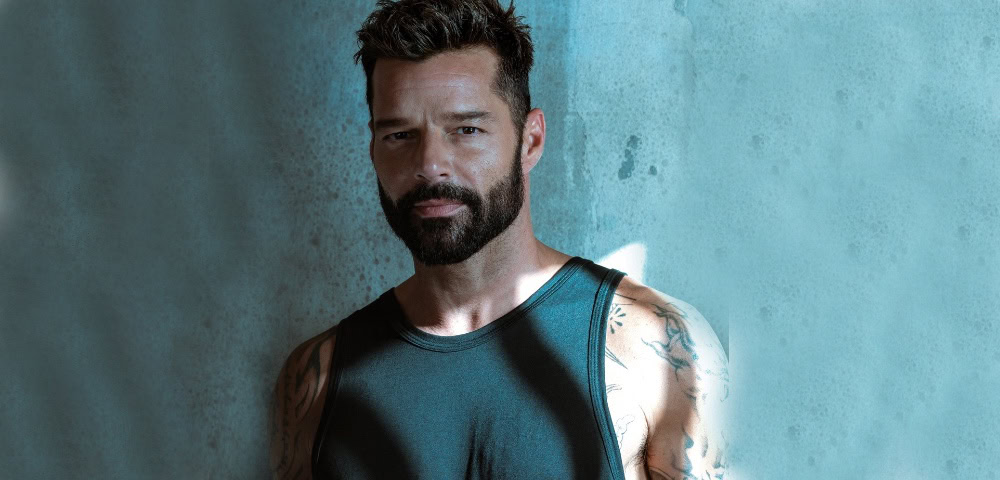
Massacre documentary opens the door to conversation about the LGBTI inequality

THE timeline of LGBTI history is marred by dark and inhumane events, but few are as horrific as the fire that consumed the Up Stairs Lounge in New Orleans in 1973. It claimed 32 lives and permanently scarred a community.
The deliberately lit fire gave the tragedy the added infamy of being the worst recorded gay massacre until the bloodshed in Orlando last year.
And yet, few people know about it.
Filmmaker Robert L Camina chanced upon the story and, upon investigating the details, felt compelled to make a documentary, thus rectifying at least one of the many egregious indignities – invisibility. In this interview, Camina describes the process of making this challenging film.
How did you first find out about the fire? What was your initial reaction?
When somebody told me about this tragedy about four years ago, I was shocked. I had never heard of it.
I asked myself the question, “Why isn’t this story more prevalent in our culture?” It’s as historic as the Stonewall Inn raid, but it doesn’t exist in the common LGBTI history narrative. I felt that needed to change. I didn’t want to create a stagnant documentary, with only an exposition of facts.
Through very honest and intimate interviews, I also wanted to humanise the story and show the real impact the fire had on the victims’ friends, families and the LGBT movement. It’s easy to trivialize a situation when you gloss over a headline in a newspaper (or a Facebook post). There is something about seeing and hearing the story from those who experienced an event, that truly makes it “real”. That’s what possesses the potential to create change.
Was it hard to research material?
The research process definitely had its challenges, because I researched this story from scratch. My technique is to start with original source documents. I don’t rely on anyone else’s interpretation. Documents, precious photographs and contact information of victims’ friends and families have been lost with the passage of time. Add in Hurricane Katrina, and even more pieces of the puzzle were lost or destroyed. However, my faith and determination uncovered many elements of the story that were once thought to be lost.
Where did you find the newspaper reports and video?
The Internet was very helpful in the research process, but nothing replaces stepping into a library and flipping through newspapers, scrolling through microfilm or thumbing through photographs. I made several trips to multiple libraries in New Orleans. I even traveled to the one National Gay and Lesbian Archives in Los Angeles and the New York Public Library to sift through their collection of documents about the Up Stairs Lounge fire.
It was a treasure hunt at times, but “new” discoveries made it exciting. There was a time when I was sorting through files in New Orleans and came across a charred swatch of red flocked wallpaper that was from the Up Stairs Lounge. That was a huge find.
Another “new” discovery was the colour news footage of the fire. I spent countless hours searching news broadcast archives, hoping to find some long lost news coverage. I hit dead end after dead end. Then one day, while on a random news aggregator website, I typed in a set of keywords into the search bar. The result was a description of a video file that sounded a lot like the Up Stairs Lounge fire. I ordered a preview screener, and to my surprise, it was colour footage from the fire that hadn’t been seen in decades.
How did you track down survivors?
When production began on UPSTAIRS INFERNO, it had been approximately 40 years since the fire. Many of the survivors had passed away. However, with the help of the Internet and Facebook, I was able to locate quite a few people who were either survivors, friends/family members of the victims or witnesses. From day one, it was my intent to honour the victims and survivors with this film. So once I located these people, I introduced myself and made sure that they knew I wasn’t looking to exploit them. I spent time building relationships and trust. Asking people to resurrect these painful memories is a huge request and I had to respect their boundaries. For some, it took longer for them to agree to be part of the project, but they saw what I was trying to accomplish and they decided they wanted to make sure that the memories of their friends and loved ones were never forgotten. With solid friendships in place, when it came time for the interviews, we had already broken the ice and they knew who I was. We were able to have conversations on camera rather than interrogations. I think that comes across in the film and it makes their stories much more powerful.
There are some graphic images and details. Do you feel it’s necessary to show the full horror for people to really appreciate what happened?
I believe it was necessary to include the graphic images for several reasons. Newspapers at the time published the photographs. Those images were seen around the country and have been linked to the story for nearly four decades. To not include them would tell an incomplete story. Since the magnitude of the horror was clearly visible to the public at the time of the fire, the inclusion of the photos underscores for the audience how absurd it was for the city and religious community not to acknowledge this tragedy or offer condolences.
I did my best to only include graphic material when it moved the story forward. I wanted to treat the story with respect. That includes respect for the victims and their families/friends. However, I am a visual storyteller and I needed to paint an accurate picture. If I censored myself too much or sugar coated the story, I wouldn’t be doing the story of the victims justice.
The film clearly reveals the social climate of that time and place. Do you feel it is still relevant today?
UPSTAIRS INFERNO is incredibly relevant. It was relevant when we initially released the film in 2015 and especially relevant in the wake of the Pulse Nightclub shooting. I believe it is crucial to acknowledge, preserve and honour our history as LGBTI people, no matter where you live. The LGBTI dialogue has changed so much in the past few years.
As popular attitudes shift around the world on LGBTI issues, we risk losing the stories of the struggles that got us where we are today. It’s our responsibility to honor the memories of those who came before us, including those who died at the Up Stairs Lounge. The people who experienced this tragedy paved the way for the freedoms enjoyed by the New Orleans LGBTI community of today, as well as the overall LGBTI movement. I wanted to create a film that honoured their forgotten stories.
The grim parallels between the Pulse shooting and Up Stairs Lounge arson immediately made headlines. For nearly 43 years, the June 24, 1973 arson was considered “The Largest Gay Mass Murder in U.S. History”. That all changed on June 12, 2016, when a lone gunman killed 49 patrons at the Pulse Nightclub in Orlando, Florida, exceeding the death toll of the New Orleans fire. No one wanted to see a horror of this nature again. It was a stark reminder that while the LGBTI community has achieved a lot in its fight for equality, there are many people who still feel that LGBTI lives are expendable. Especially in the wake of the Orlando tragedy, we must continue to educate and enlighten people. “Those who cannot remember the past are condemned to repeat it.” I believe that UPSTAIRS INFERNO opens the door to cathartic and constructive global conversations about the current state of LGBTI equality.
How do you feel about having the film included in Sydney’s Mardi Gras Film Festival?
I am thrilled to have the Australian premiere at Sydney’s Mardi Gras Film Festival. UPSTAIRS INFERNO is not just an “LGBTI”, “New Orleans” or “US” film. I believe the film crosses cultural boundaries and borders. Whether or not you live in New Orleans or whether or not you identify as LGBTI, the underlying story should be important to everyone. We are all connected to each other in some way or another. When we talk about our freedoms, our dignity, our struggles, everyone should care, because we are all connected.
The Mardi Gras Film Festival has a great reputation among filmmakers, so I’m very excited that I get to attend and conduct a Q&A after the screening. It will be my first time to Australia!
What does queer film making do for the community? Have you seen a change in the industry?
I’m excited about the evolution of queer filmmaking. No longer are we confined to coming out stories, HIV dramas or just being the clown sidekicks. We are now exploring deeper stories of our community. Being gay is part of who we are, it doesn’t define who we are.
As public opinion continues to shift, I believe we will see more and more “mainstream” stories with LGBTI lead characters. However, I think the LGBTI community has a distinct culture, with a unique perspective. Some stories aren’t meant for mainstream audiences – they won’t be able to relate. With that in mind, I believe there will always be a demand (and in some cases, dire need) for the LGBTI cinema niche. We can’t depend upon other people to tell our stories.
For more information about UPSTAIRS INFERNO, you can visit its official website or Facebook page.









